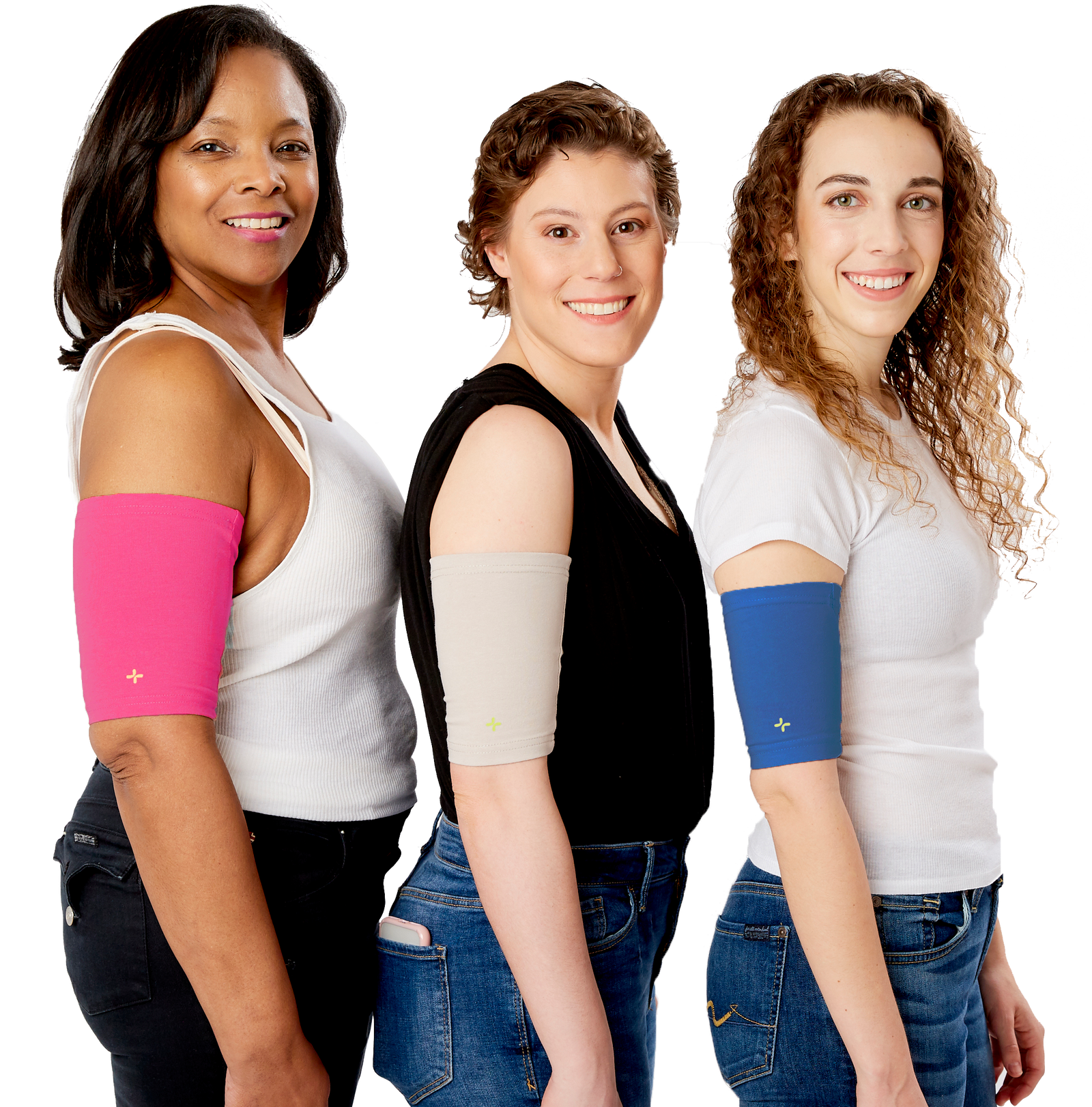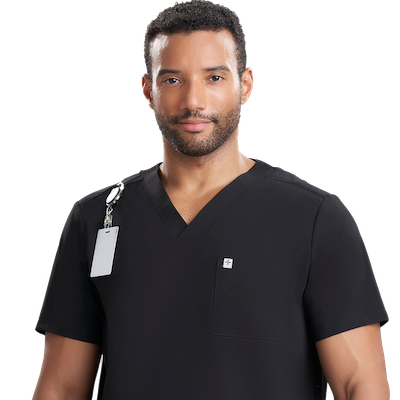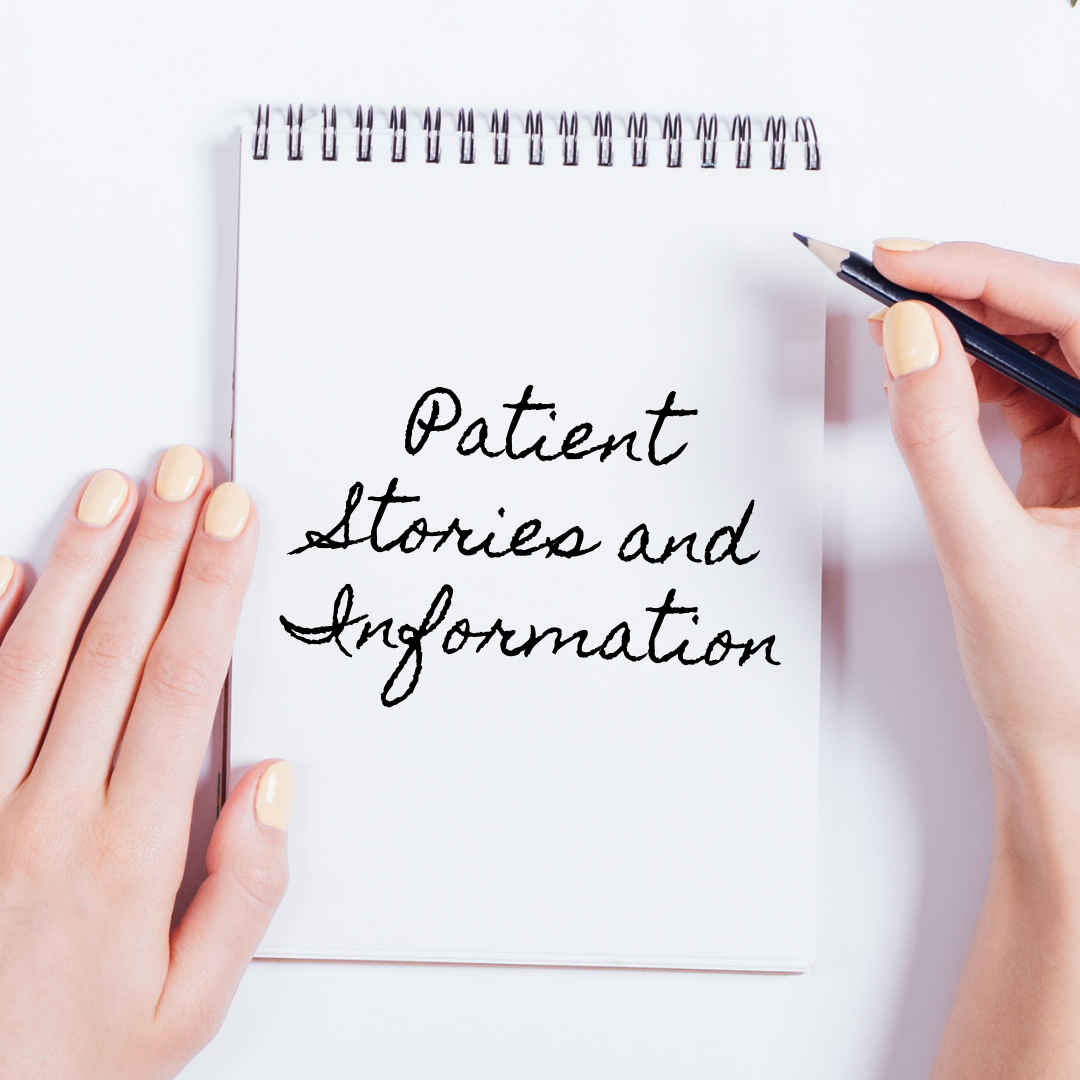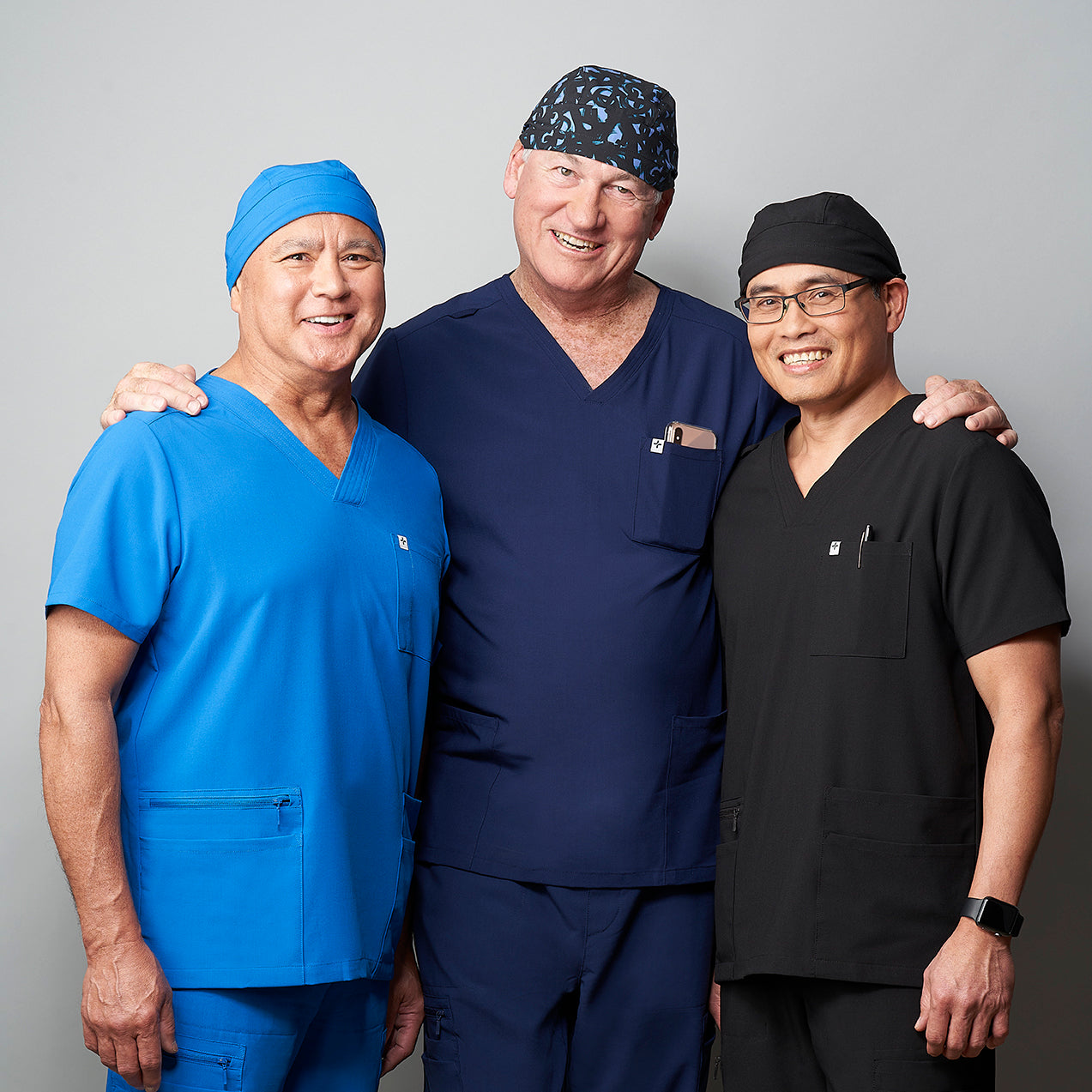
Kristy has lived most of her life navigating chronic illness, but her story is about so much
more than hospital stays and medical care. Through grief, joy, advocacy, and finding strength in community, Kristy has redefined what it means to live fully—even when life looks different than she once imagined.
Her reflections shed light on often-overlooked parts of the patient experience: the silent grief of “what might have been,” the impact of body image and medical devices, and the healing power of breaking silence.
Keep reading to learn more about Kristy’s journey
A Question I Wish People Asked Me
I wish people asked, “What helps you feel most like yourself beyond your medical care?” I love being asked about my work as an advocate, my community, or even my favorite little joys in life—because it reminds me I am more than just a patient. Even though I can’t eat and rely on TPN for all my nutrition, I’ve been able to find joy in cooking for family and friends. Along with my passion for style and beauty, these parts of my life show how I’ve created meaning and connection while living with a chronic illness.
Finding the Words to Talk About Grief
I’ve only recently been able to talk about the grief of “what might have been” if I had never gotten sick. I wonder sometimes—would I have dated, gone to college, traveled the world? Would I be a surgeon, or a big executive? Would I be married or have kids? My illness has stopped me from reaching many of those aspirations, goals, and dreams.
When you’re chronically ill, your body has a mind of its own. Long hospital stays got in the way of so much—weddings, milestone birthdays, countless holidays. I was inpatient at 18, 21, and most of my early 40s. For years, I carried that grief silently. Now I’ve learned that constantly reliving the “what ifs” only drags me down. Instead, I take each day as it comes. I try not to dwell on the past or plan too far ahead, because sometimes my body cancels plans for me. Living in the moment helps me find peace, even when life looks nothing like I once imagined.
Opening Up About Body Image and Medical Devices
Body image and medical devices. Ports, central lines, scars, ostomies—these are realities for so many of us, yet they’re rarely talked about. They don’t just affect our medical care, they affect how we see ourselves and how others see us.
For a long time, I felt self-conscious about visible devices and the marks they left behind, but with time and community I realized these are part of my survival story. Talking about them openly helps break the shame and isolation, builds confidence, and reminds patients they’re not alone in navigating both the physical and emotional side of medical care.
How Breaking Silence Changed My Care Experience
Breaking silence has completely changed my care experience. When I first started TPN at 8 years old, there were almost no open conversations about what life on IV nutrition was really like. That silence made me feel alone, like no one else could understand what I was going through. Doctors didn’t even think I’d make it to 11 years old, so for a long time it felt like no one expected me to have a future at all.
Over time, I began speaking up—sharing my story, starting support groups, and advocating publicly—and it gave me connection and strength I didn’t know I was missing. Each time I’ve broken silence, I’ve felt less isolated and more empowered, and I’ve seen how it opens doors for others to share too. For me, silence was isolating, but breaking silence has been a lifeline.










Patty M. Pisoni
September 29, 2025
Kristy, You absolutely amaze me! You have the strength of a warrior, while having so much going on in your life. To put this out not only for yourself but to help others. I can’t imagine how hard this must of been, but you did and I’m sure this is helping so many people. ❤️